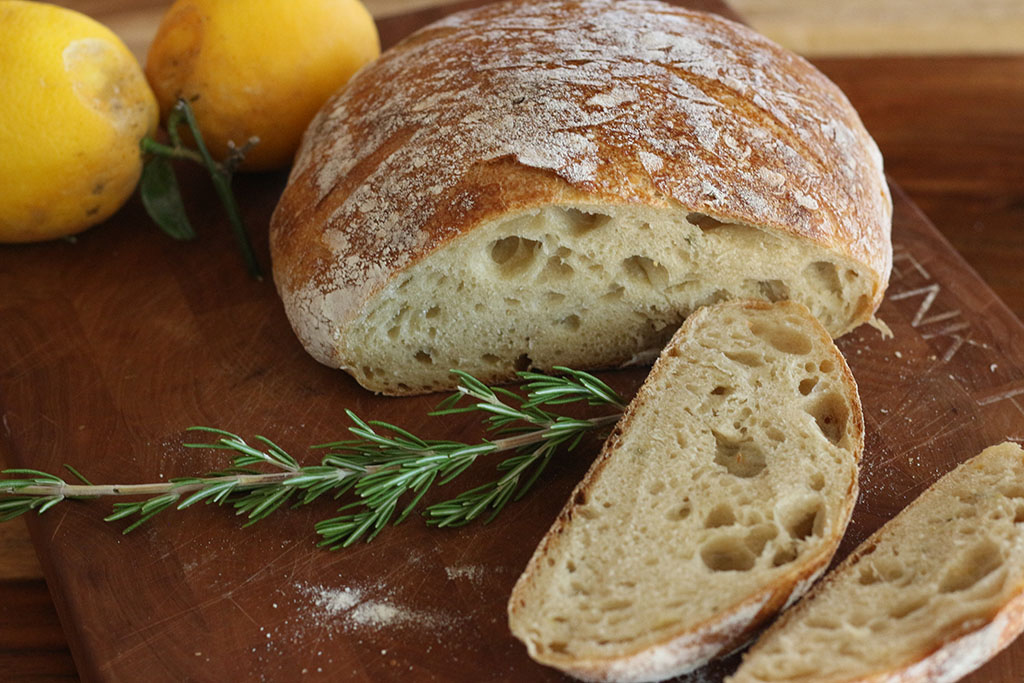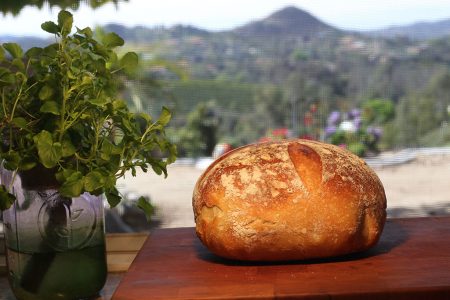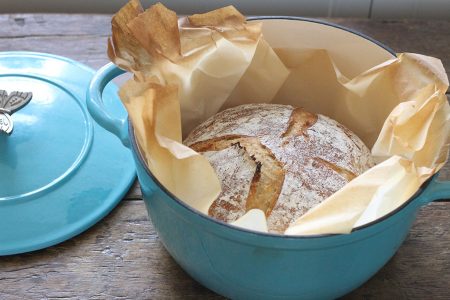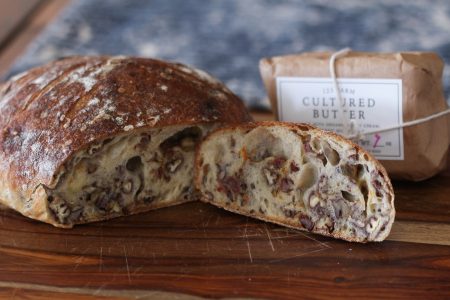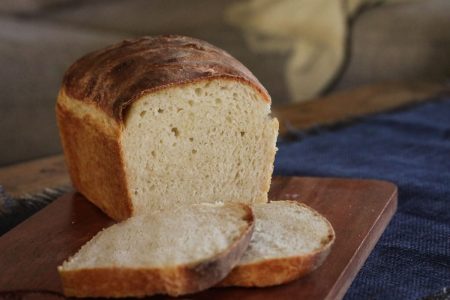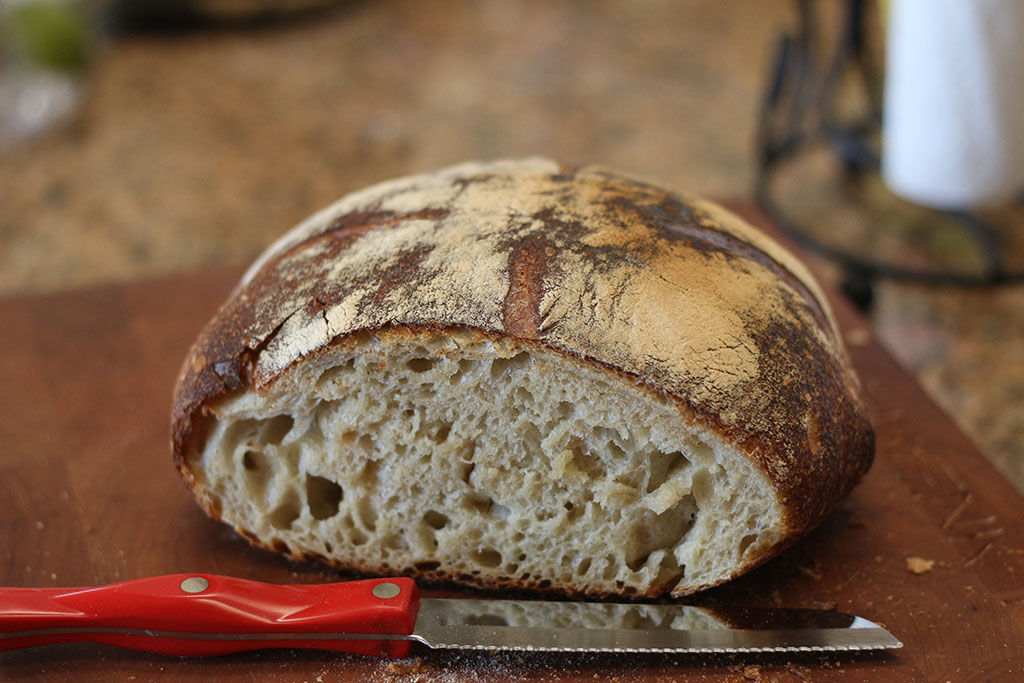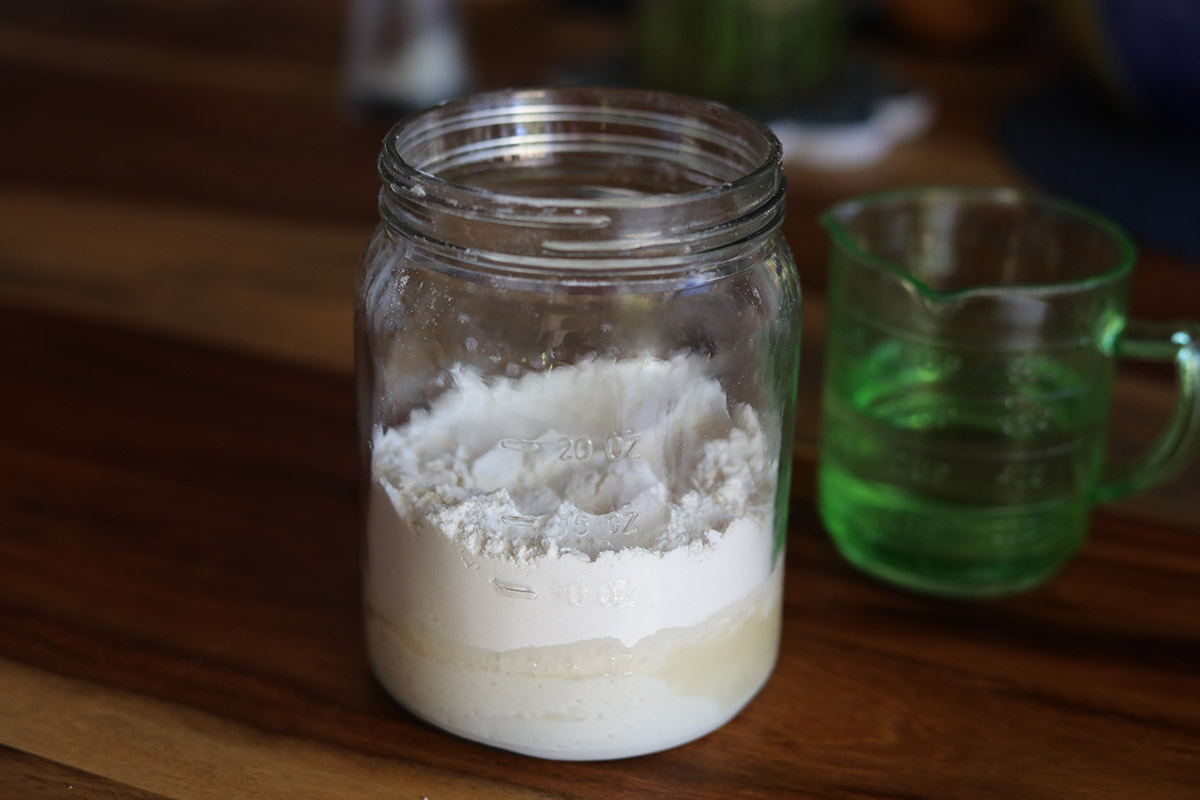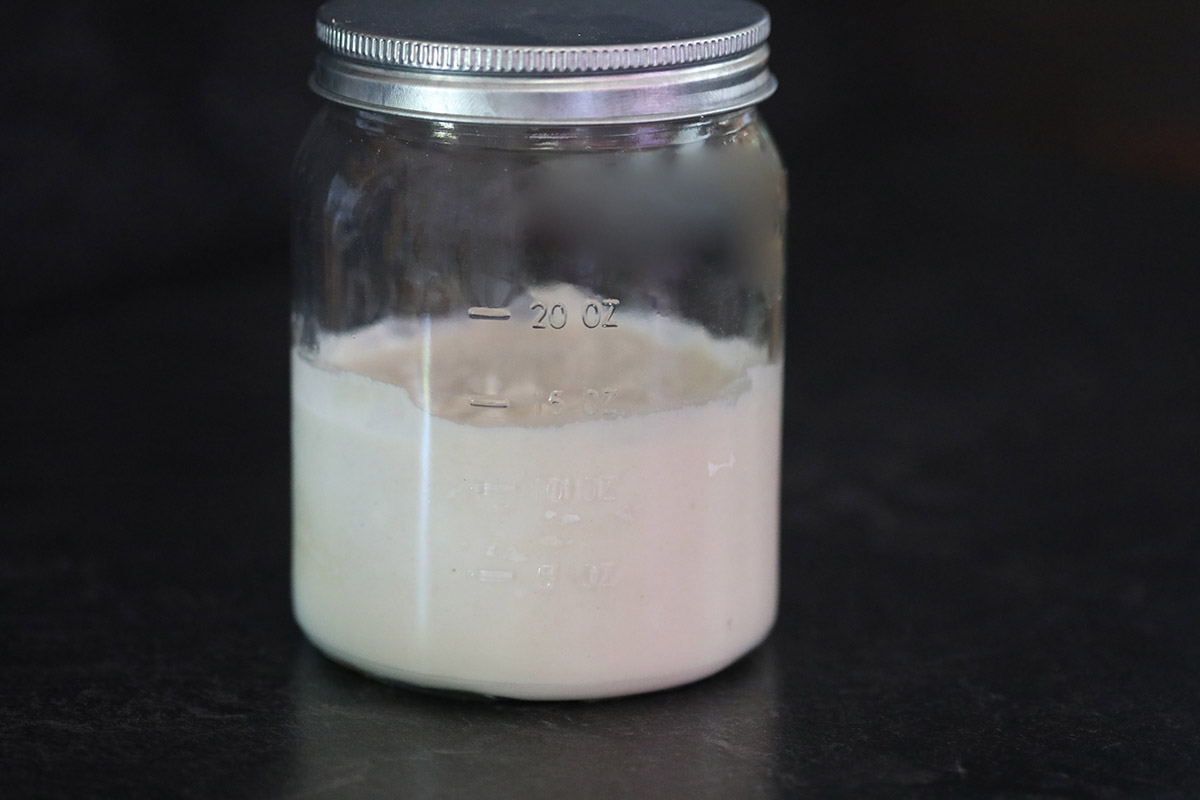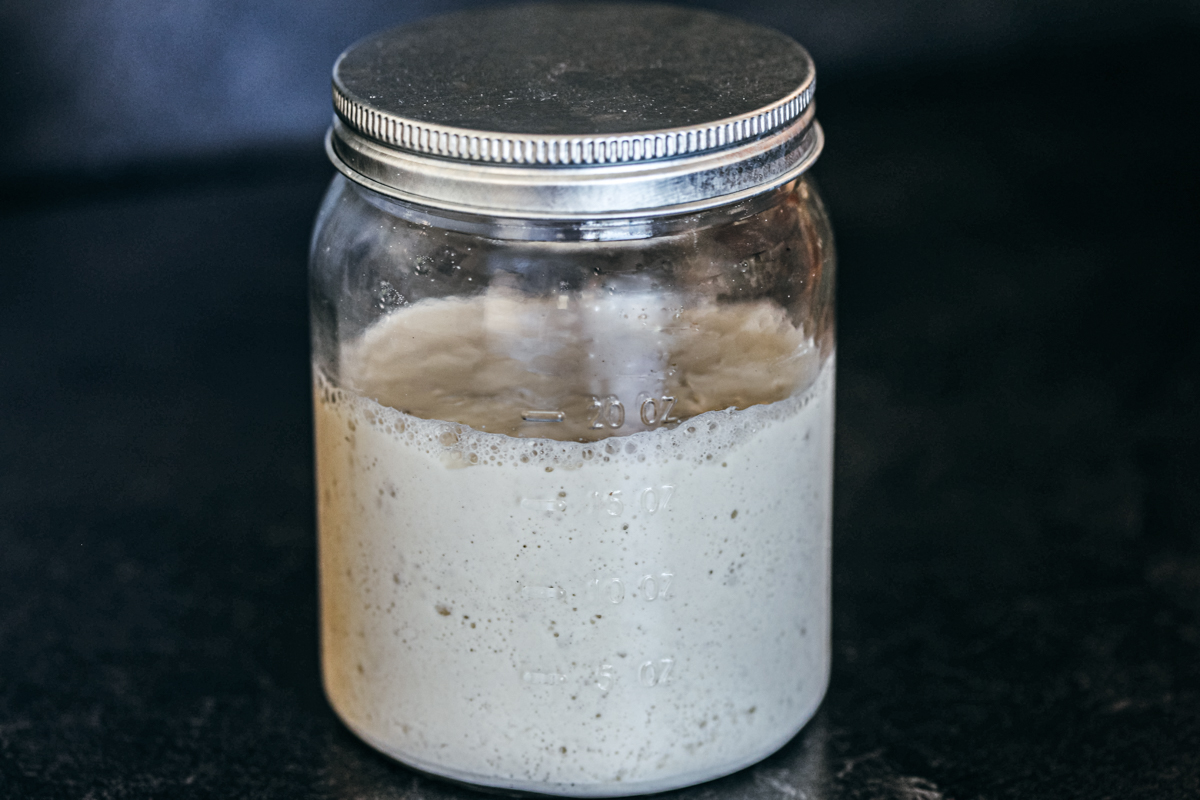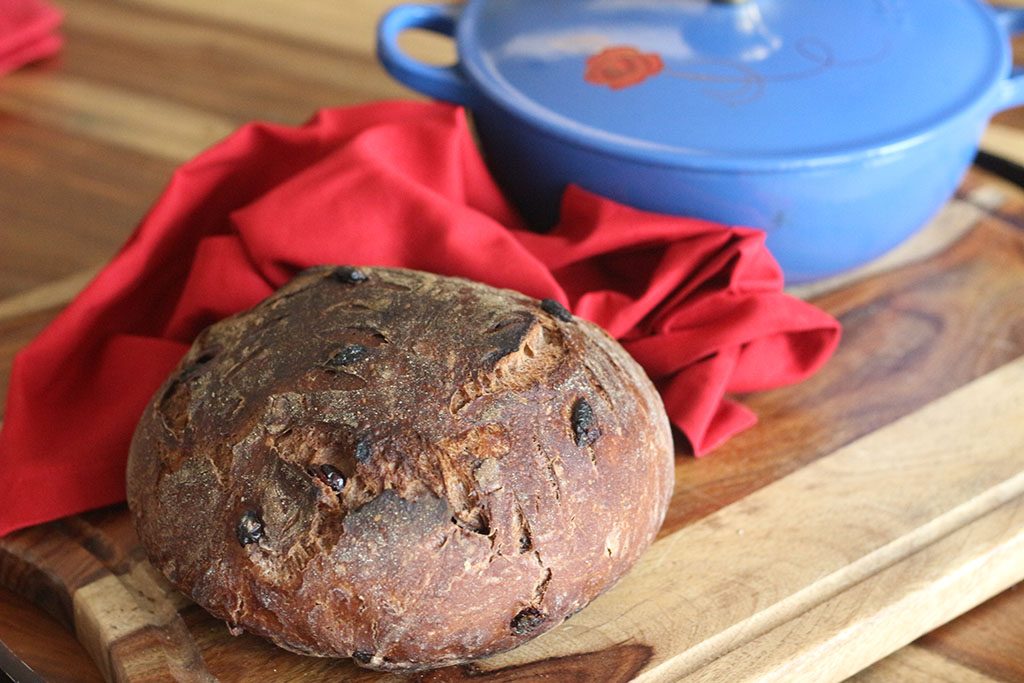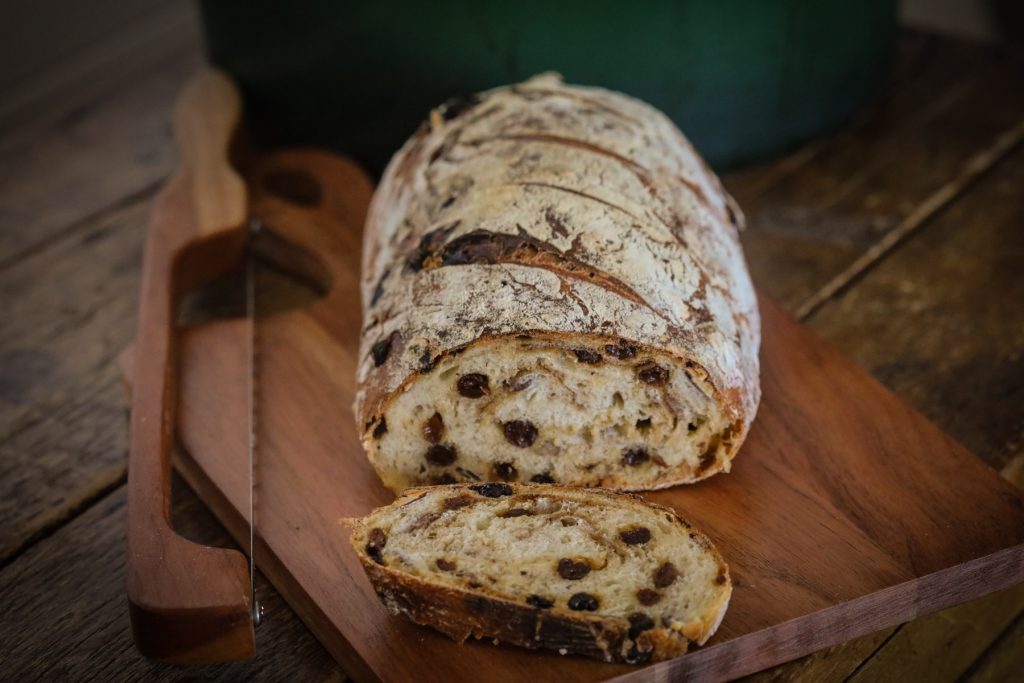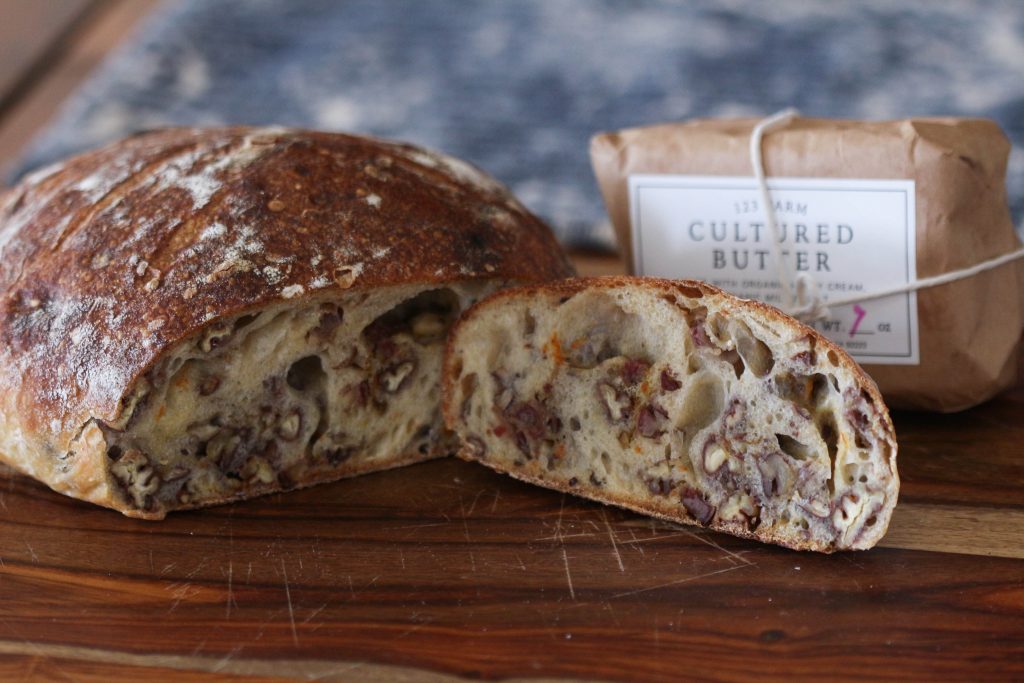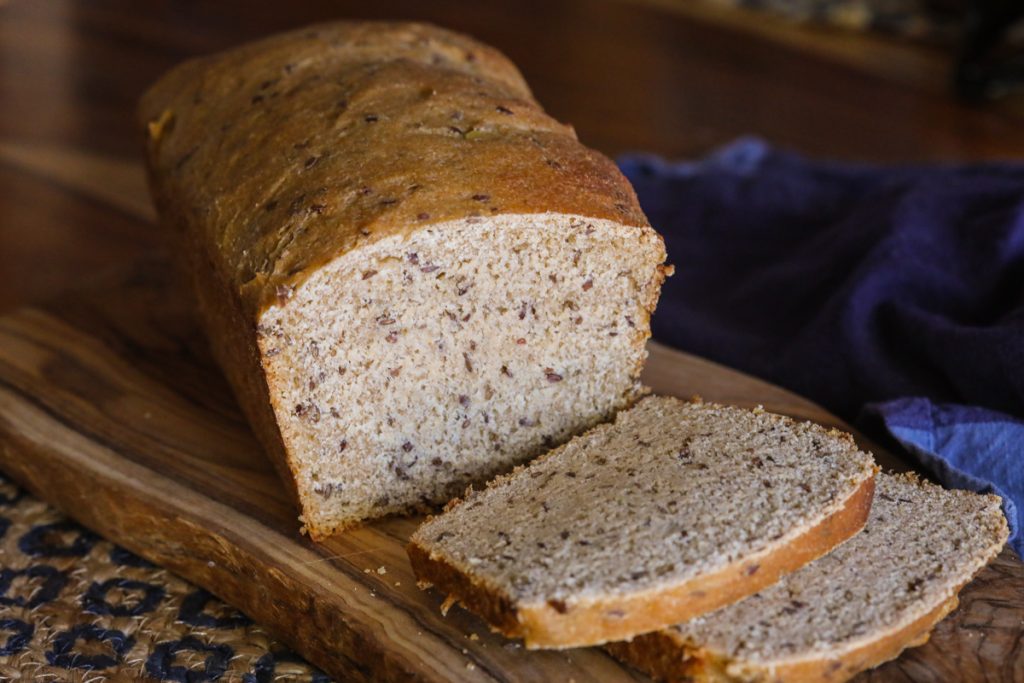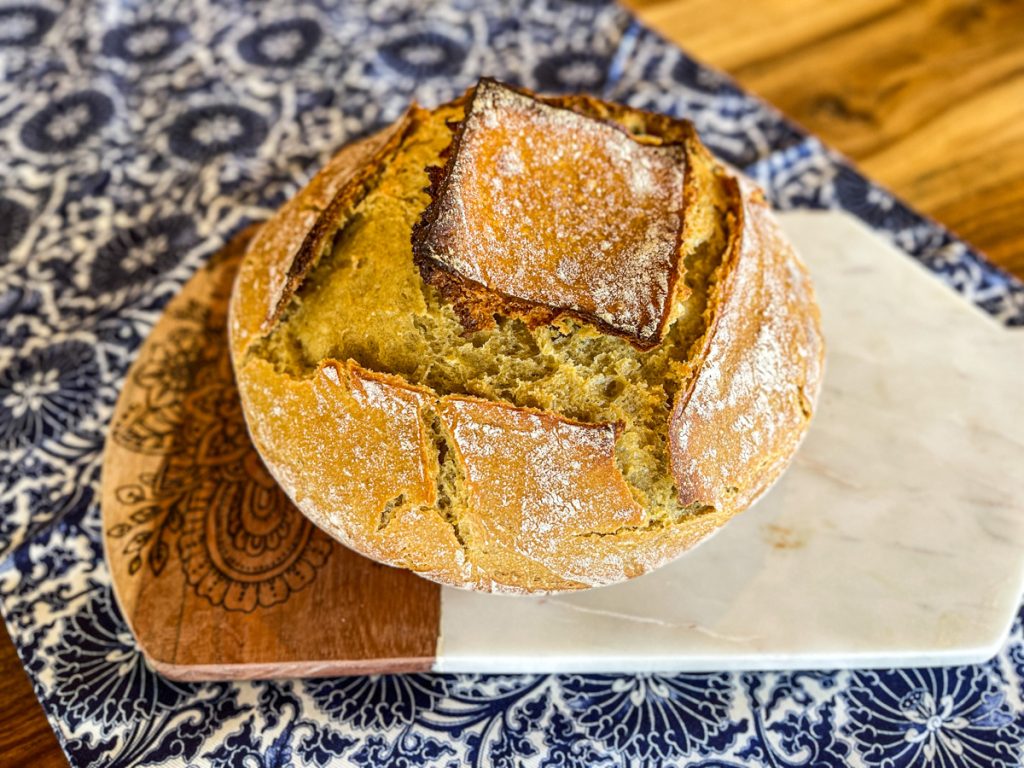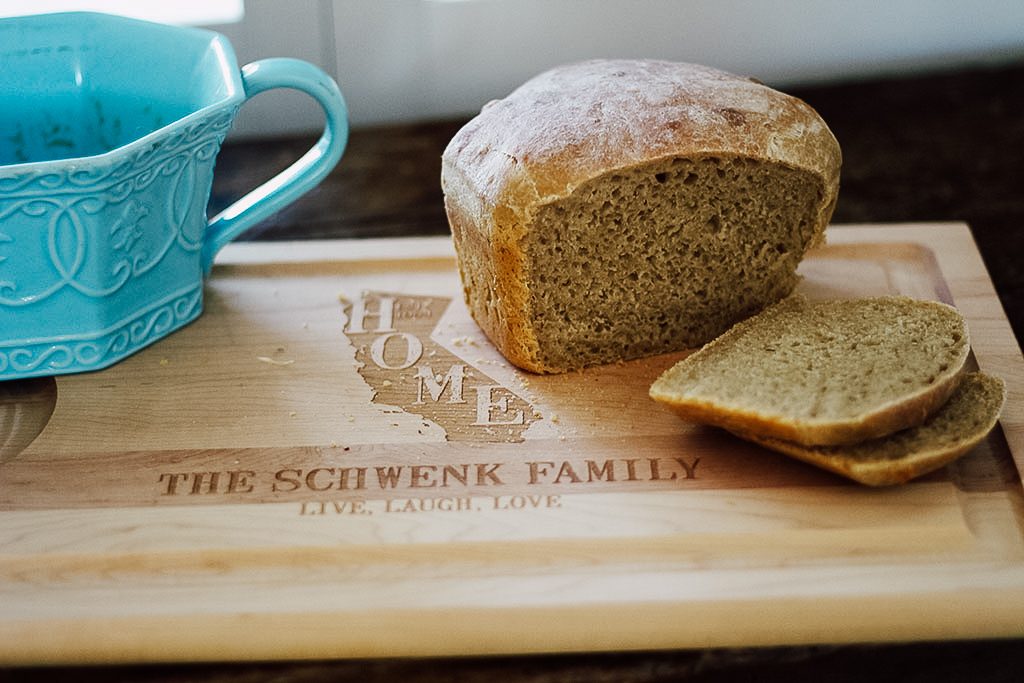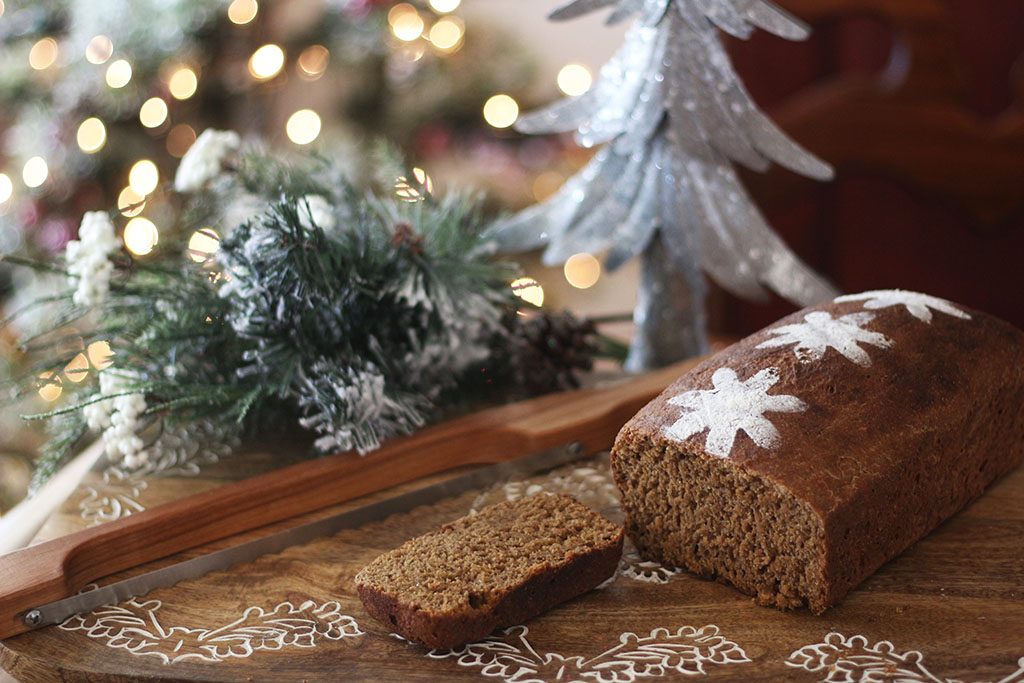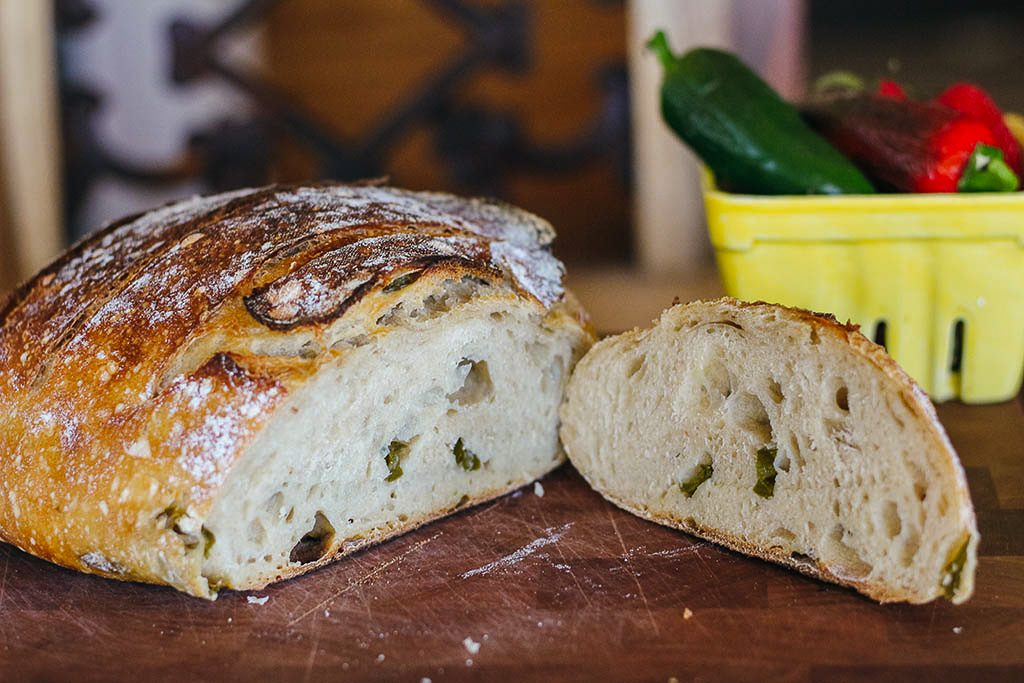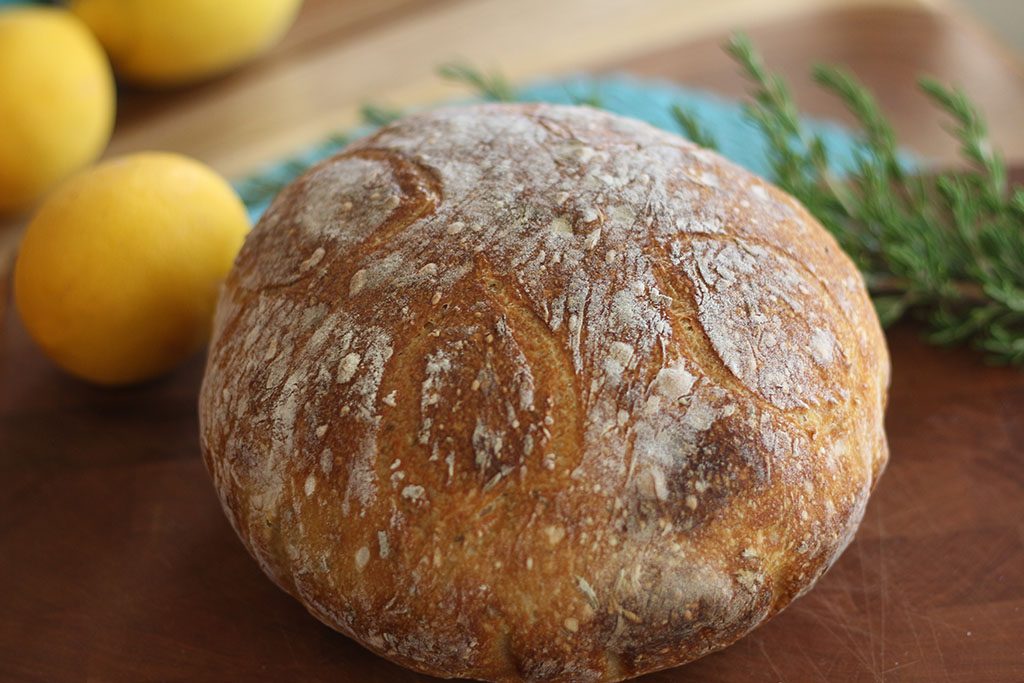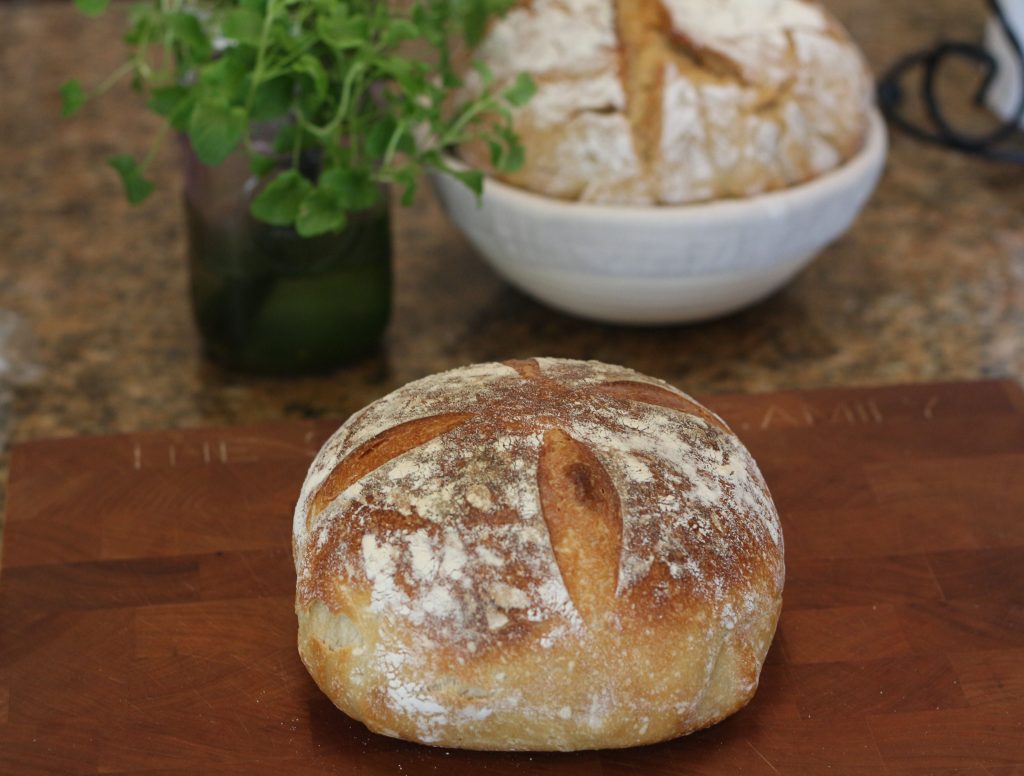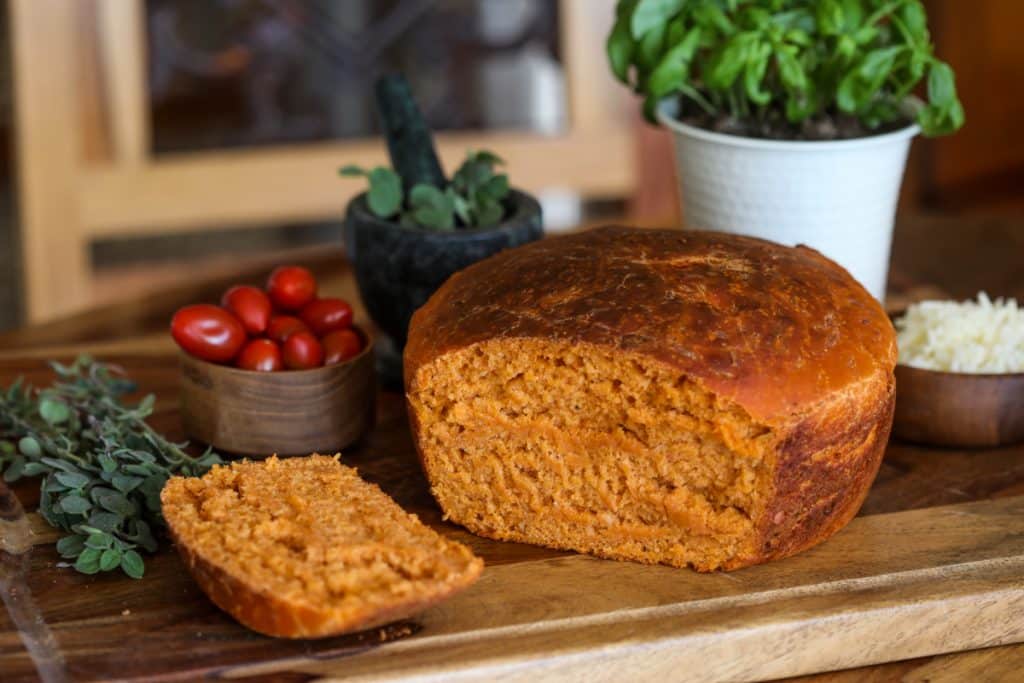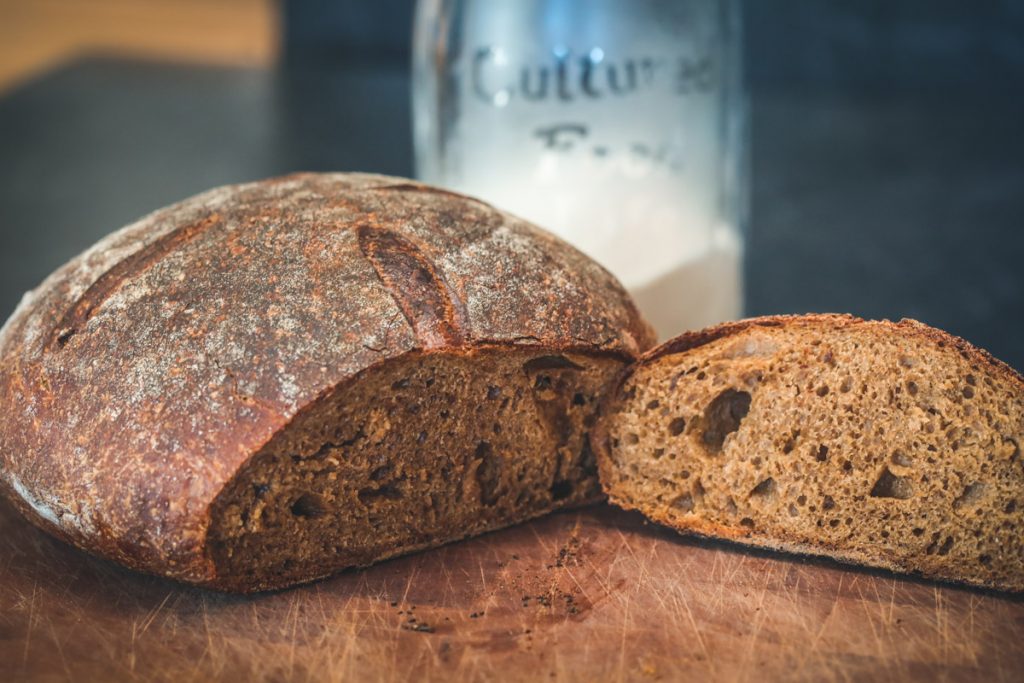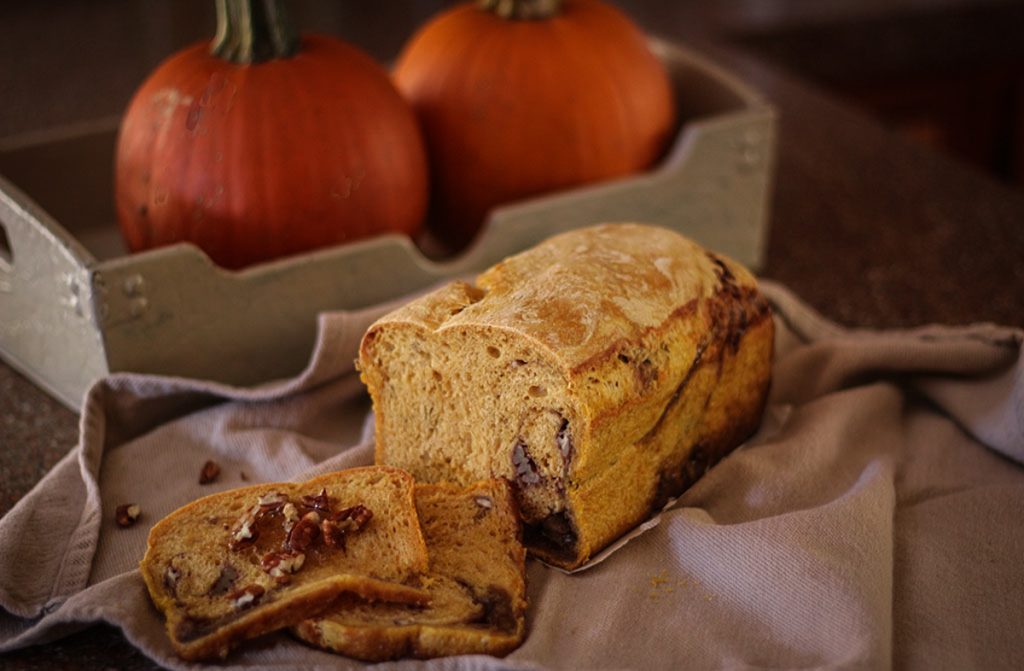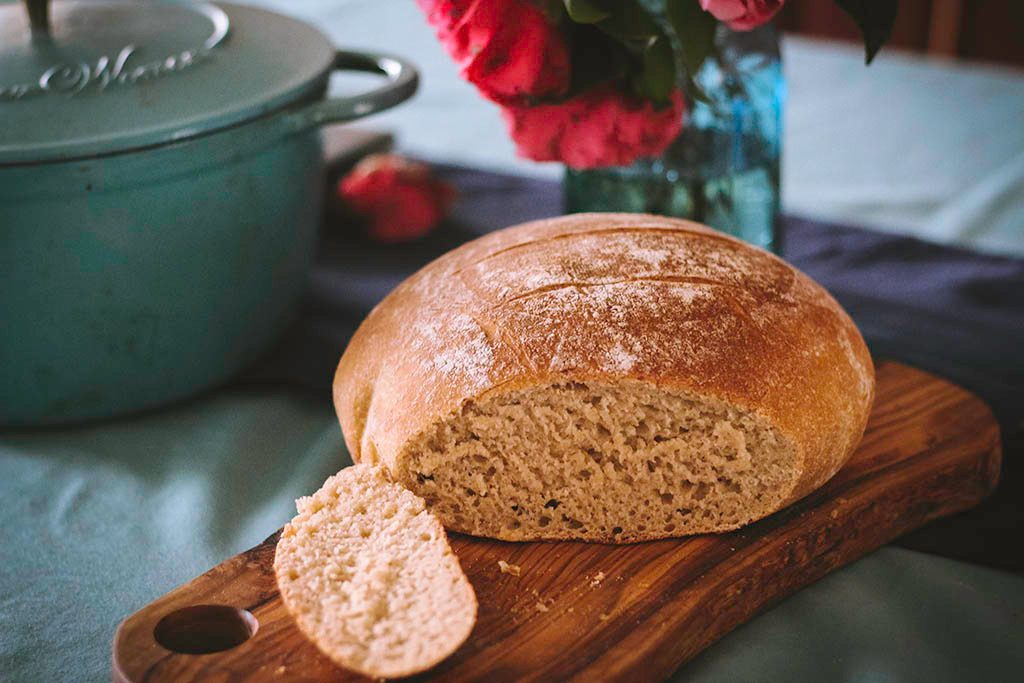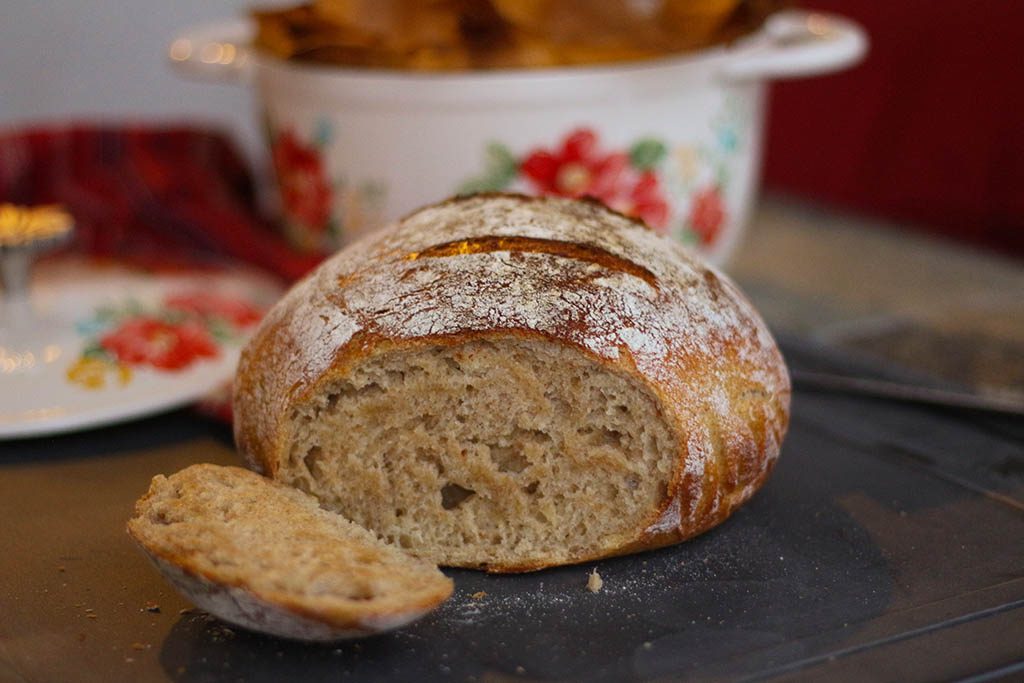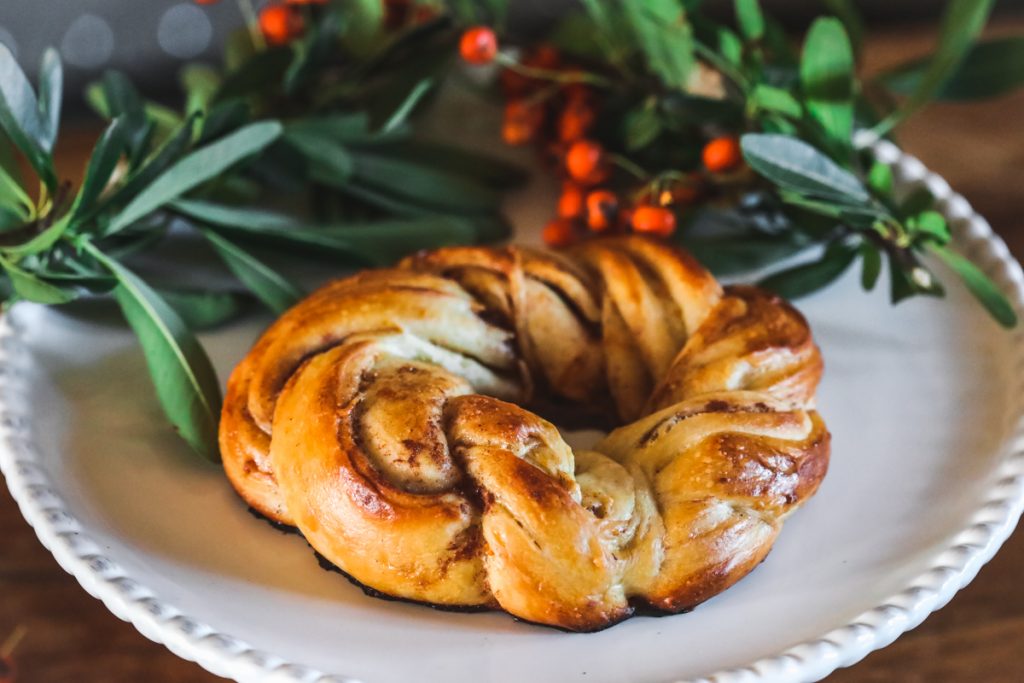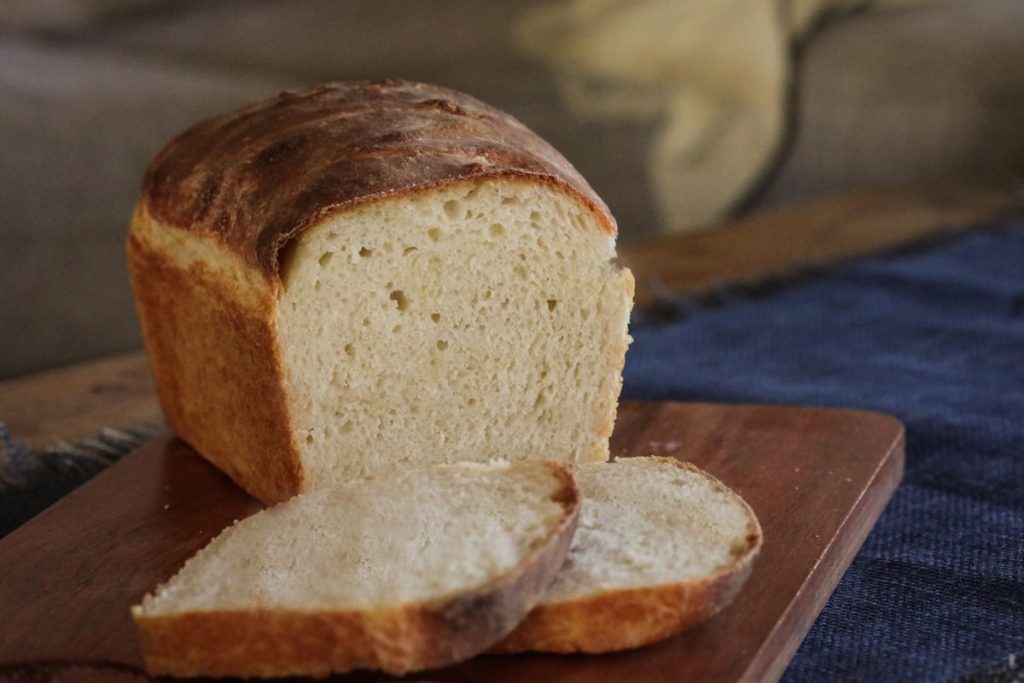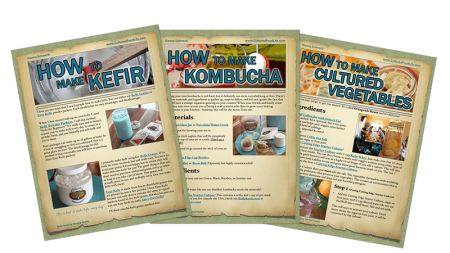
What is Sourdough Bread?
Slow Fermented Sourdough Bread
The one who gives you their homemade sourdough bread gives you their heart too.
I've been making sourdough bread for almost 18 years and it is one of my very favorite cultured foods to make. I was twelve years old when I got interested in making my own bread due to a historical field trip that changed my life. When I pulled my successful loaf of bread from the oven at twelve years old it felt like a big deal, and I had done it all by myself. It was the beginning for me. I found joy in food and recipes and it planted a seed that changed my young life. From that day to this, I have learned much about making bread and found many years later how beneficial using sourdough cultures are to rise my bread. I make bread every week and look forward to it and so does my family. God forbid I don't have a fresh loaf around. I have on many occasions made a loaf and company has come over, and by day's end the loaf is gone. None of these foods I talk about are just food to me but rather stories and lessons that have been weaved into my life since I was young.
Baking Traditions Have Changed
Our baking traditions have changed down through the last few centuries. Sourdough starters used to be the standard mode for rising bread. The bacteria and yeasts in the starter transform the wheat in the flour in the same way that sprouting does — releasing nutrients and creating a more digestible product. This process of making sourdough bread doesn’t use sprouted flour, but bread made this way has the same benefits as bread made with sprouted flour. This transformation is dependent on letting the dough culture for many hours at room temperature. It takes at least seven hours for these dramatic changes to occur. In contrast, bread made with instant yeast allows the bread to rise so quickly that it never has a chance to be transformed.
Sourdough is bread made from naturally occurring yeast and lactic acid bacteria that are naturally present in flour, rather than using baker’s yeast, to leaven the dough. In traditional sourdough recipes, you’ll find three ingredients: sourdough starter, salt, and flour.
Sourdough is one of the oldest forms of grain fermentation. It’s believed to have originated in ancient Egypt around 1500 BC and remained the customary form of bread leavening until baker’s yeast replaced it.
 Slow-Fermented Bread Reduces Phytic Acid
Slow-Fermented Bread Reduces Phytic Acid
Before the 1950s, most bread bakeries ran two shifts of workers because the dough was fermented throughout the night with a long and slow process using a culture that contained the lactobacillus bacteria. This slow process was necessary for bread to be properly digested. In the process of making sourdough bread, the bran in the flour is broken down during the long rising time, releasing nutrients into the dough. Only when wheat gluten is properly fermented or sprouted (click here to learn more about sprouted bread) is it healthy for human consumption. When not, it is potentially one of the most highly allergenic foods we eat. Phytic acid, or phytate, is found in plant seeds. It serves as the main storage form of phosphorus in the seeds. It impairs the absorption of iron, zinc, and calcium and may promote mineral deficiencies in the body.[1] It is often referred to as an anti-nutrient. The phytic acid in grain needs to be 90% neutralized in order for the minerals to be absorbed by the human body. When you naturally ferment or sprout bread, you eliminate all phytic acid. About 90% of the phytic acid remains in bread made with instant yeasts unless it is sprouted or it is bread made with a sourdough culture.
 7 Hours — The Magical Fermentation Time
7 Hours — The Magical Fermentation Time
Sourdough bread that has been made with longer fermentation times (seven or more hours) is considered lower glycemic, which is a wonderful benefit. In addition, the sourdough process produces changes to the composition of the grain in numerous ways that make it a more beneficial food. Seven hours seems to be the time needed to allow the lactic acid bacteria to do their magic, although longer fermentation times can be even more beneficial especially for those who are gluten intolerant. My favorite bread is overnight sourdough bread and the one I make most often which slowly ferments for 8-10 hours.
 More Digestible and Lower Glycemic Index
More Digestible and Lower Glycemic Index
During the making of sourdough bread, complex carbohydrates are broken down into more digestible simple sugars, and protein is broken down into amino acids. Enzymes develop during rising. These enzymes are not lost while baking since the center of the loaf remains at a lower temperature than the crust. This fermentation, partly from lactobacillus, also allows for a bread that is lower on the glycemic index, thus making it better for those with blood sugar issues. The fermentation also helps restore the functioning of the digestive tract resulting in proper assimilation and elimination. There have been studies suggesting that sourdough bread results in more even glucose levels. In this study, the subjects’ blood glucose levels were found to be lower after eating white sourdough bread compared to whole wheat, whole wheat with barley, and plain white bread. The subjects tested after eating whole wheat bread that wasn't fermented fared the worst – with spiking blood glucose levels. 2,3
 It’s More Nutritious Than Regular Bread
It’s More Nutritious Than Regular Bread
The sourdough fermentation process may also help improve the taste, texture, and nutrient availability of bread. Fermentation produces vitamin C and increases the content of vitamins B, B2, B5 and B6. Carotene, which is converted to vitamin A, increases dramatically – sometimes as much as eight-fold. Using a sourdough culture also inactivates aflatoxins which are toxins produced by fungus and are potent carcinogens found in grains. The microbial population during the fermentation period of bread making keeps evolving. In one study, it was found that the starter flours were initially contaminated with Gram-negative bacteria (which are more dangerous) Acinetobacter, Pantoea, Pseudomonas, Comamonas, Enterobacter, Erwinia, and Sphingomonas species. The abundance of these species varied with flour source. However, within one day of the fermentation process, the populations of most of those bacterial species were eliminated and were replaced with gram-positive bacteria, represented by lactic acid bacteria, which was present initially at a very low amount until fermentation took place. [4]
 Tips and Sourdough Bread Recipes
Tips and Sourdough Bread Recipes
Here are some helpful tips for making sourdough bread and some of my favorite sourdough recipes. I hope I can encourage you to make your own bread. It only takes me seven minutes to make it before I go to bed and then I let the microbes do their magic while I sleep. Check out my many recipes, tips, and sourdough starter!
Helpful Tips for sourdough bread
The secret to good sourdough bread is in the bubbly sourdough starter. (You can buy my live starter here.) To make a really bubbly sourdough starter, you must feed it a ratio of one to one to one. So what this means is 1/2 cup of sourdough starter and 1/2 cup flour and 1/2 water. You can make more starter than this, but always keep the ratio 1 to 1 to 1 and you will have a really bubbly sourdough starter.
Always feed the starter the night before (or at least 4 to 8 hours before you make your bread). This all depends on the temperature in your home. The warmer it is, the sooner it will rise and be bubbly. Once your starter begins rising in the jar and is filled with bubbles on the top and sides it's ready to go.
Make sure that you have been feeding the starter at least once a week if you have been keeping it in the fridge. If you haven't been feeding your starter this often, then feed it twice a day for a day or a couple of days until it's bubbly again. Here's a link to make a strong sourdough starter.
Keep your dough on the moister side. Add less flour and it will rise higher and have a lighter taste and will also have more holes if you like this in sourdough bread.
Use flour with a higher protein content as this allows for a high rising sourdough bread. Check out #7 on the FAQ Sourdough page on how to calculate how much protein your flour has.
Are you on the list?
Sign up today and I'll send you my free Getting Started Guide!
Each week I'll send you updates, tips, recipes, and more! You might even be a winner of my weekly giveaway! (starter cultures, memberships, and more!)
Come be a part of my cultured food family!

